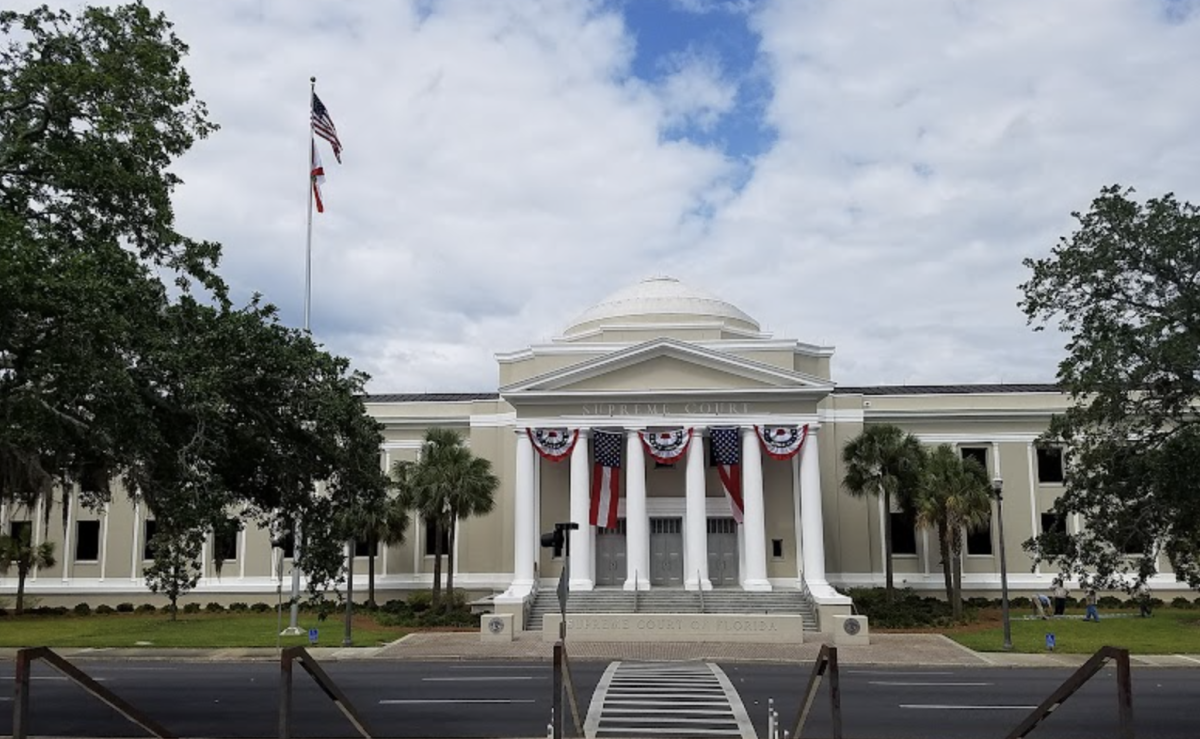Higher education has always been a pathway for people to pursue better lives and grow both academically and personally. However, as soaring college tuitions combine with rising costs of living, current financial aid programs fall short, and many students are faced with two options: abandon their ambitions or take on crippling debt.
According to The New York Times, college tuition has increased by 1225% since 1975 and, according to the Education Data Initiative, has doubled since 2000. College tuition has seen an annual growth rate of 2% over the past ten years, bringing the average cost of a public, four-year college to about $28,000 per year and $40,000 per year for a private institution. Meanwhile, according to the College Board, the average student with financial aid only received about $15,000 in financial assistance per year. Because of this, more than half of bachelor’s degree recipients in 2020 graduated with at least $20,000 in federal student debt. Evidently, financial aid programs are not doing enough to ease the burden of rising college tuition.
While student loan debt varies from person to person, it generally has long-standing effects on people’s lives, specifically for future property ownership. The National Association of Realtors found that over 60% of millennials have delayed buying a home because of their outstanding student debt. Any debt a buyer has is calculated into a debt-to-income ratio (DTI): one’s monthly debt payments divided by their gross monthly income. The more debt someone has accumulated, the higher their DTI will be, and the more likely a bank will reject their first mortgage loan. Debt will also lower one’s credit score, making the process of getting other loans and opening credit cards more difficult, which can be especially challenging for young people looking to become more financially independent and stable.
One step institutions can take to mitigate these effects and enable more students to graduate debt-free is to prioritize need-based aid over merit-based aid. While need-based scholarships used to be the primary form of financial aid, The New York Times found that the proportion of merit scholarships rivaled need-based in over 600 colleges nationwide. Need-based aid and scholarships are typically awarded to lower-income, first-generation students who otherwise would not be able to afford college. Merit-based scholarships, on the other hand, are granted to students whom the school wants to attract because they particularly excel in specific academic or athletic areas. Proponents of need-based aid have correctly pointed out that many students who are accepted with merit scholarships would have been able to afford college regardless and that colleges should thus spend more money on those who cannot afford tuition.
Another popular proposal is allowing tuition to be deferred or repaid gradually over many years. This system differs from a traditional loan system, as it is based on a percentage of what a student originally defers and later earns. For example, a student entering freshman year could defer 75 percent of their tuition and then pay the remaining 25 percent back over the next 20 years. Government programs have tested this model of income-based staggered repayment programs and have shown it to be successful. This approach would also guarantee a much lower interest rate than traditional loans, making it easier for the student to pay back over time. In this scenario, the school would be the one borrowing capital to offset the various deferred tuitions. A college’s borrowing cost would be much lower than an individual’s because they have much more collateral in their various physical assets and endowments. The resulting interest rates passed on to students would then be equally low.
Encouraging more students to access higher education is essential not only because it helps the individual but also because it supports the entire economy. The organization College Possible found that the average bachelor’s degree holder will funnel $278,000 more into their local economy than the average worker with only a high school diploma. It is no coincidence that Denmark, a country with free education through the university level, is ranked highest on the World Economic Forum’s Global Social Mobility Index. While the United States is far from this level of opportunity, the government and higher education institutions must work in tandem to ease the costs for all students if they want to ensure a brighter future.


















































